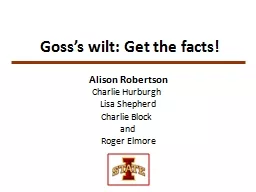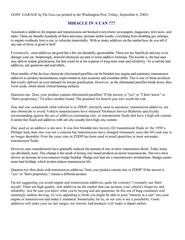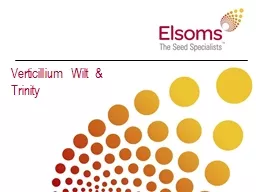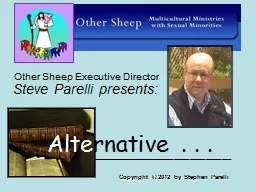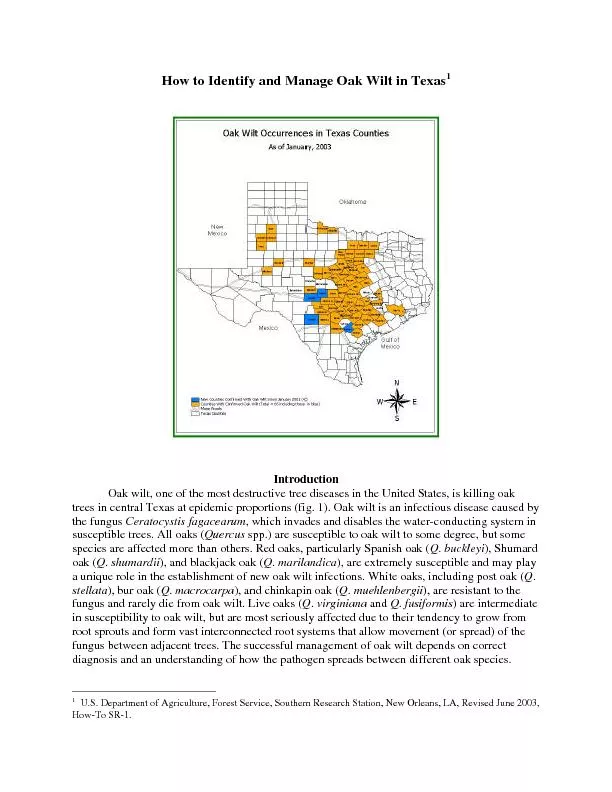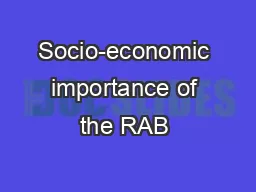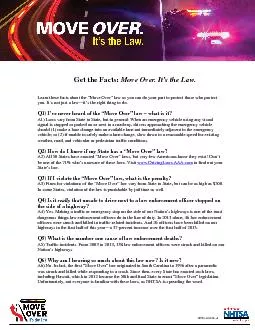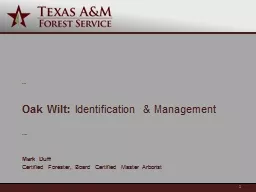PPT-Goss’s wilt: Get the facts!
Author : faustina-dinatale | Published Date : 2016-08-12
Alison Robertson Charlie Hurburgh Lisa Shepherd Charlie Block and Roger Elmore 21 July 2 August 25 August Gosss leaf blight disease progress 9 September Q Where
Presentation Embed Code
Download Presentation
Download Presentation The PPT/PDF document "Goss’s wilt: Get the facts!" is the property of its rightful owner. Permission is granted to download and print the materials on this website for personal, non-commercial use only, and to display it on your personal computer provided you do not modify the materials and that you retain all copyright notices contained in the materials. By downloading content from our website, you accept the terms of this agreement.
Goss’s wilt: Get the facts!: Transcript
Download Rules Of Document
"Goss’s wilt: Get the facts!"The content belongs to its owner. You may download and print it for personal use, without modification, and keep all copyright notices. By downloading, you agree to these terms.
Related Documents

